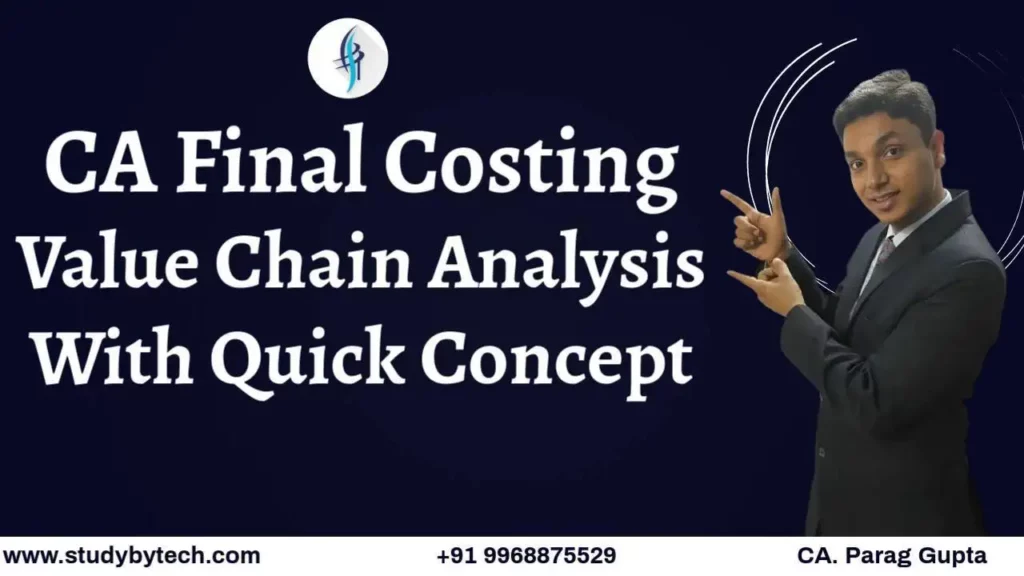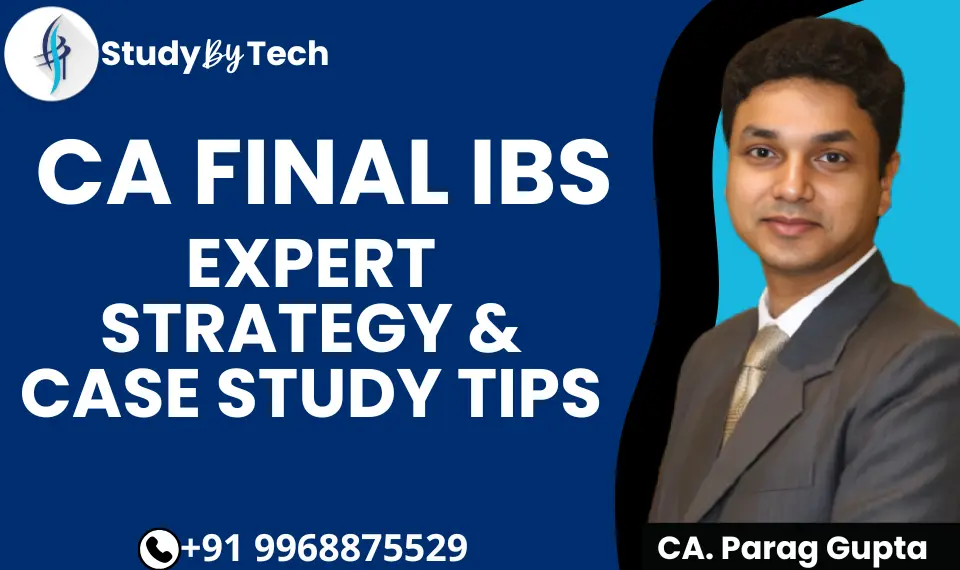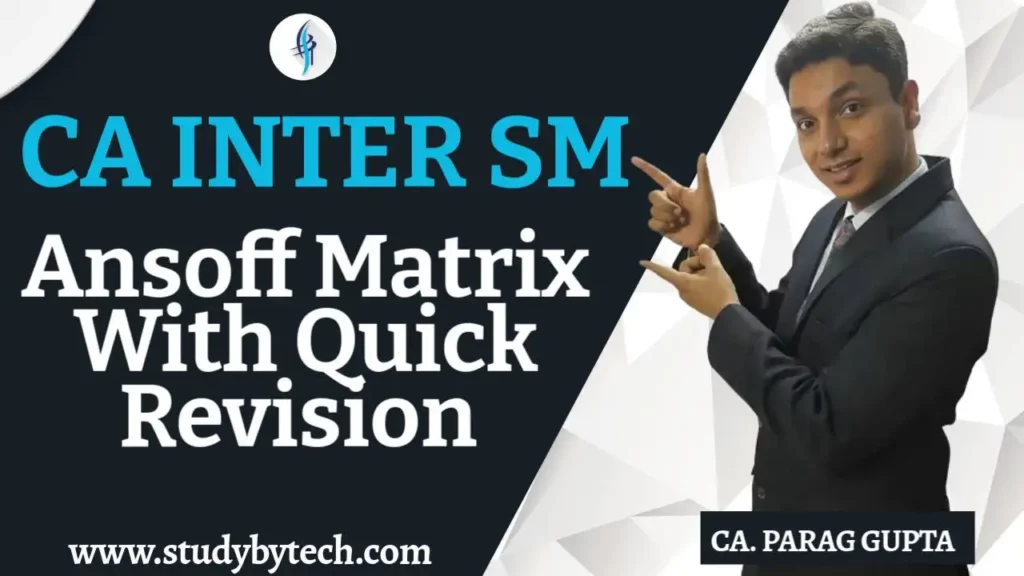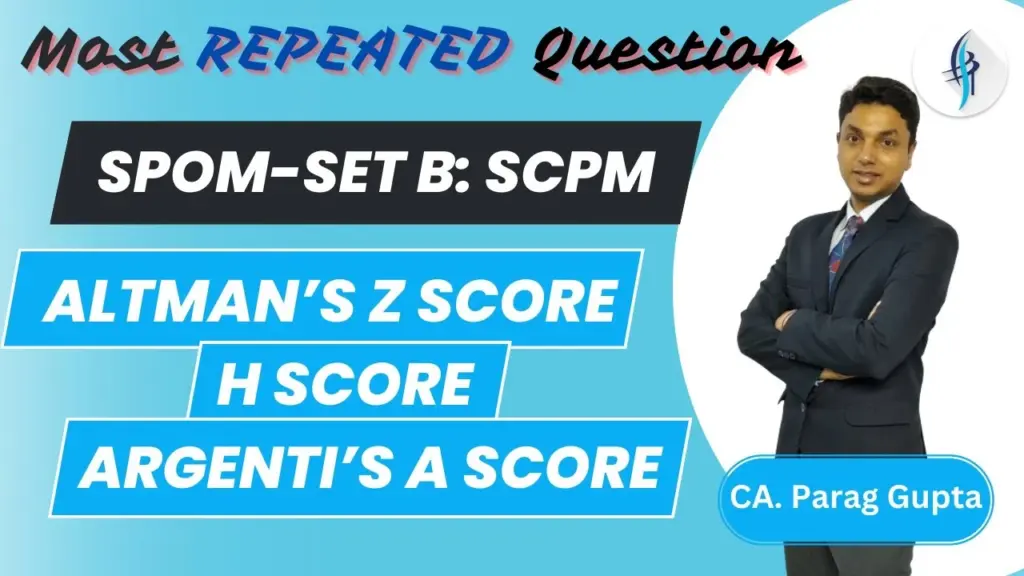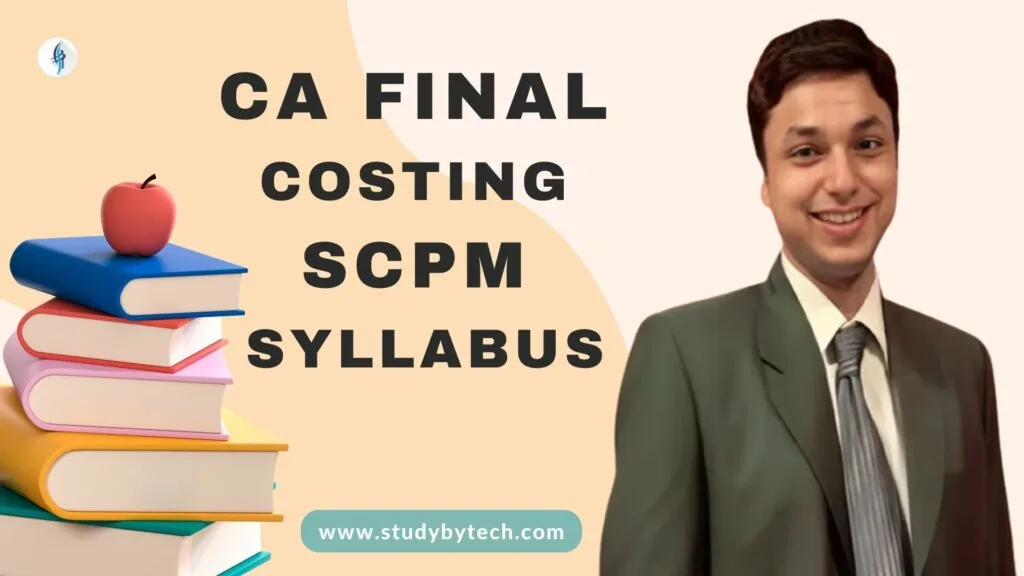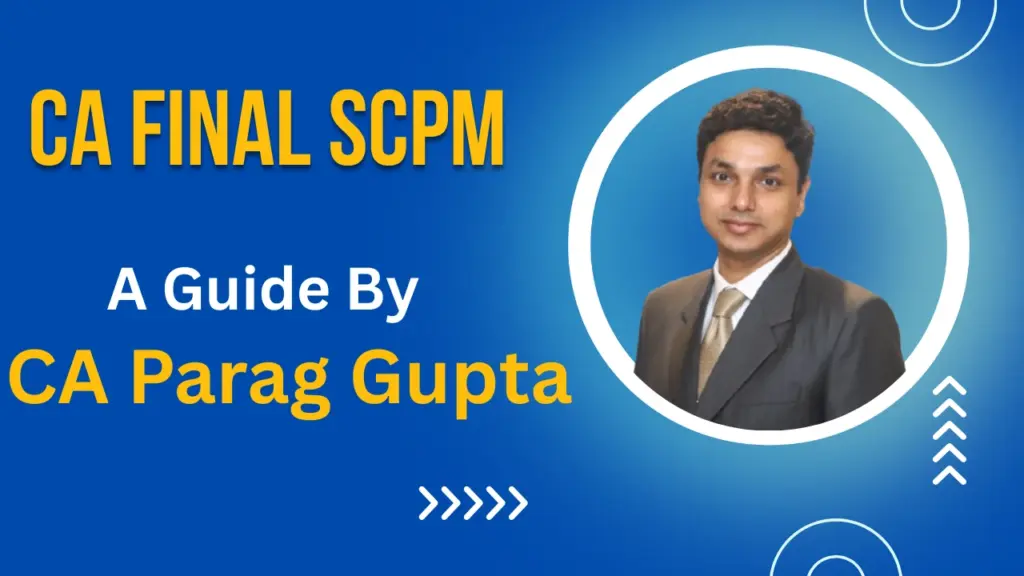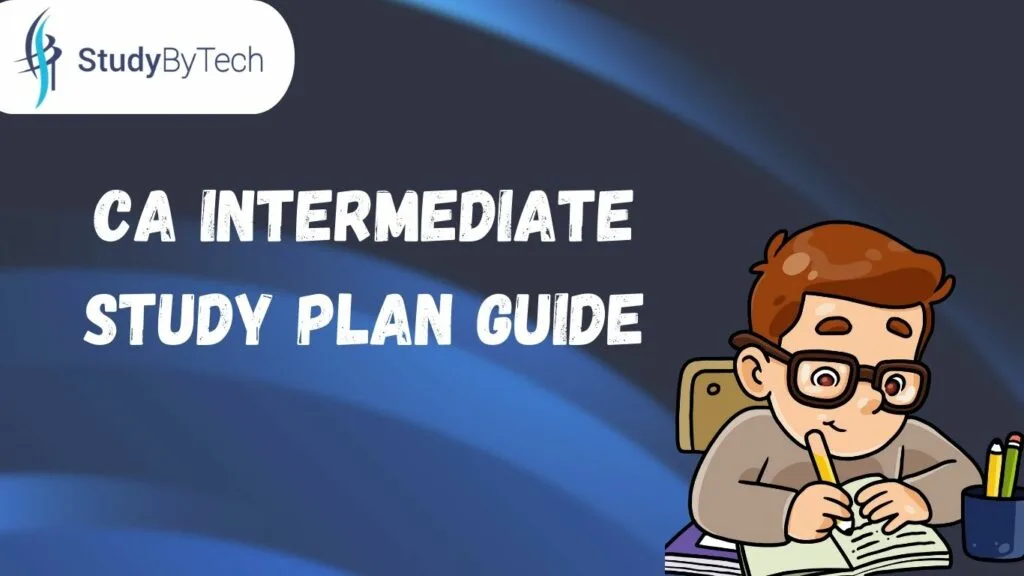Effective Tips to Improve Your Focus in Studies
How to concentrate in studies Is your mind distracted by different thoughts, and you find it hard to concentrate on studies? Well, you are not the only one. Like you, almost every other student is struggling to find that focus on studies. But what if we say that with some effort you can find focus in your studies? In this article, we have compiled a list of the most effective methods of how concentrating on studies without distractions, is possible. This article is beneficial for students who have to know about how to study for long hours a day. Class 11-12th students have to give 6-8 hours a day on studies. Similarly, CA course students also have a comprehensive course for which 10-12 hours a day for studies is required so you have to focus on your studies and finding the best method of study especially if you want to do CA course, is crucial for you. Studying for long hours can make anyone feel mentally drained. So it is important to follow the best method of study which can enable you to sit and study for long hours it is also applicable for CA course students. There are many best method of study. The question arrives that how to concentrate on studies for long hours. Continuous preparation for 12th board exams or competitive exams like CA course requires a complete focus on studies. So we have listed the tips and one of the best method of study that will help you do a qualitative study for long hours without losing concentration or being distracted. Tips for how to concentrate on studies for long hours Read and apply the tips given below to see how to concentrate on studies or study for long hours and to have improved learning. 1. Program Your Mind Direction and distraction are inversely proportional. If you are distracted, you won’t be able focus on your studies. So to make concentration on your studies without distraction, you need to remove the things or thoughts that break your concentration. Social media, games, watching movies, and chatting with friends are some of the activities which everyone loves and distract students from their focus on your ca course studies or other courses of studies. With this in mind, keep your phone or laptop away when you focus on your studies it is one of the best method of study. If you are taking online studies, then block the apps or notification pop-ups to avoid distraction. Instead, use online productivity tools to improve your concentration on your studies. If family members or roommates, or anyone around causes distraction, you should have a dedicated study area. Request them not to enter your study room when you focus on your studies. But there are many things to understand about how to study for long hours.The other major distraction for the youthful mind is love. Keeping yourself concentrate on studies while you are in love is the hardest thing to do, but not impossible. With little sincerity towards studies, and using our tips, you can get concentration even when in love. Want to know about How to become a CA Click here The best method of study is that only the books you are studying should be on your desk. You should avoid keeping other subjects’ books on your desk as it will only divert your mind and leave you stressed about the other subjects and you are not able to focus on your studies. 2. Create a Routine The best way to concentrate on studies for long hours is to create a routine. It doesn’t matter if you start at 4 o’clock or 7 o’clock in the morning. What matters is that you follow the same routine every day, like a ritual to get concentration. Keep the focus on your studies, and other activities separate and find the perfect balance for yourself and find the best method of study. 3. Avoid Multi-Tasking and Set Targets Another best method of study is to focus on your studies is to avoid multitasking. Instead, focus on deep work and avoid shallow work. Deep work is when you are completely dedicated to the task. Shallow work is when you are thinking about multiple things at a time and then you cannot concentrate on studies. Focus on a single task at a time. The sheer amount of tasks and topics can overwhelm you. Forget about studying for 10-12 long hours a day; you won’t be able to concentrate on studies for even a short time. Instead, set and achieve goals one by one. Then, you can study more in less time and you will focus on your studies. 4. Stop Trying to Cram Everything We all know cramming has benefited no one. When you fail in trying to cram up concepts, it will only lead to frustration and it is not the best method of study. You won’t be able to concentrate on studies for long hours. We know in some topics you have to learn in exact words. Like the CA, students need to learn the laws and provisions in their syllabus. For such topics, use effective learning hacks and memorization techniques. 5. Pomodoro Technique to Concentrate on Studies Space out study sessions to be able to concentrate on studies for long hours. Short breaks are necessary if you want to keep your mental energy running for a long. A short 5-minute break will charge you up for the next study session and help you to focus on studies. Pomodoro Techniques works on the motive of the desperation we show during urgency and it is one of the best method of study. Because of the Pomodoro (tomato in Italian ) technique, we train our minds that instead of long 24 hours, we only have short 25 minutes with us. It has worked wonders with many and we suggest another effective way to manage time too. A key point you should note here is that you


